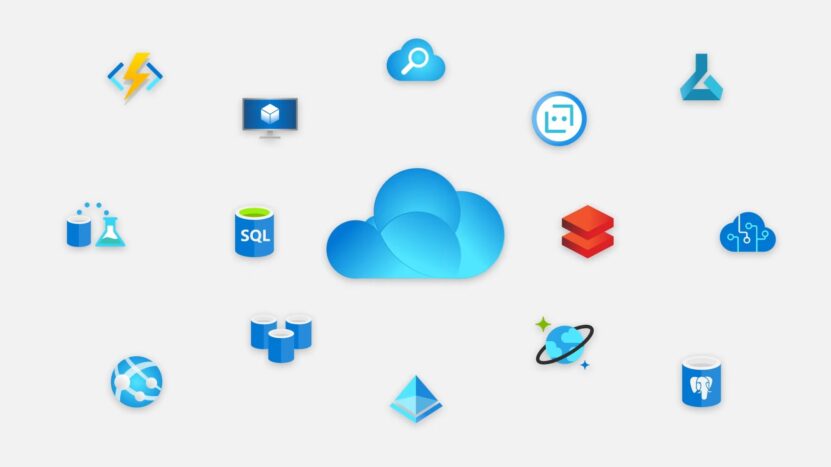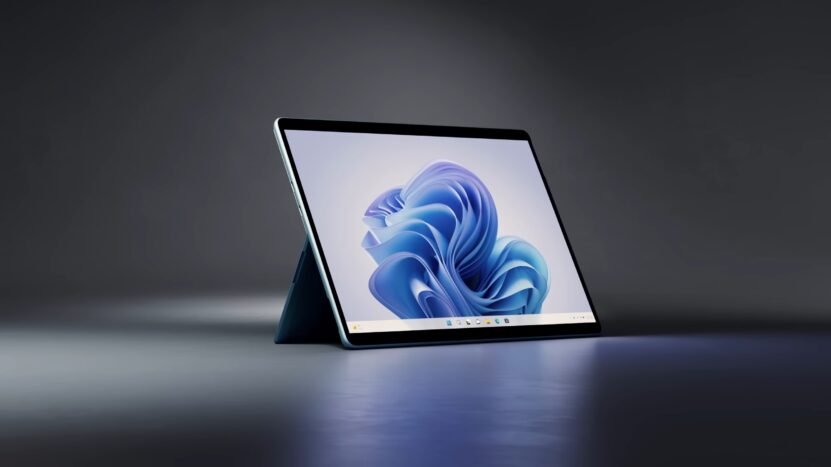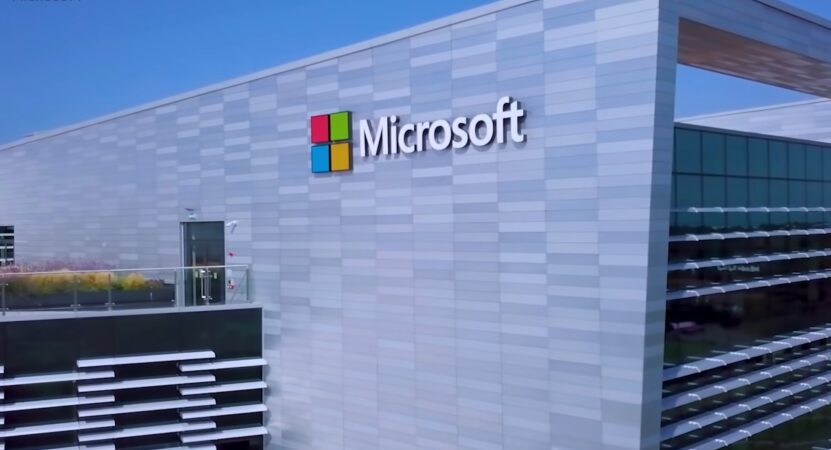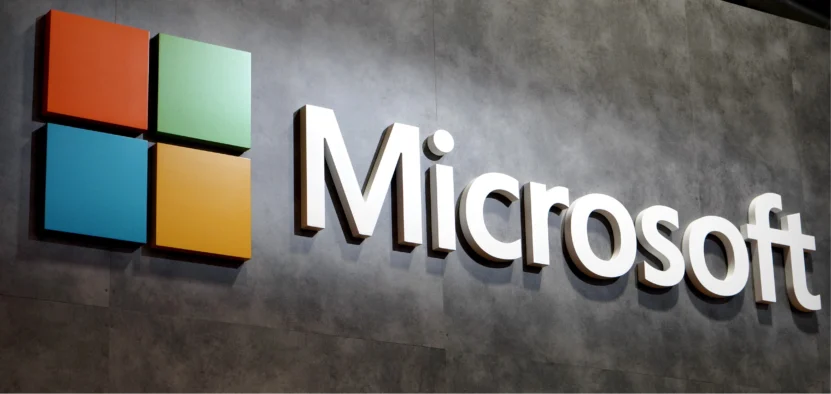A name that resonates with almost every professional around the globe. Their prominence in the tech industry is undeniable. From the iconic Windows operating system to the revolutionary Xbox gaming console, Microsoft has left an indelible mark on our digital lives.
But have you ever stopped to ponder how this tech giant manages to generate such staggering revenue year after year? Understanding their revenue streams isn’t just a matter of curiosity; it’s a lesson in business acumen and strategic diversification.
Diversified Product Portfolio
Microsoft’s product portfolio is like a Swiss Army knife – versatile, expansive, and designed to cater to a myriad of needs. Let’s break it down:
| Product | Description |
| Windows OS | The backbone of most PCs worldwide. Evolved over decades. |
| Office Suite | Essential office productivity tools: Word, Excel, PowerPoint. |
| Premier professional networking platform. | |
| GitHub | Revolutionized code sharing and collaboration in the tech community. |
Licensing and Subscriptions
Licensing has been Microsoft’s bread and butter for a long time. Every time a business opts for Windows or the Office Suite, they’re essentially purchasing a license to use that software.
But the landscape is shifting. The world is moving towards a subscription-based model, and they are leading the charge. Enter Microsoft 365 and Xbox Game Pass.
These subscription services offer a plethora of features, updates, and benefits, ensuring that users always have access to the latest and greatest without the hassle of one-off purchases.
Cloud Services: Azure

The cloud. It’s not just a fluffy white thing in the sky anymore. In the tech world, it represents the future of data storage, management, and services.
Microsoft’s Azure is a formidable player in this domain. Azure isn’t just about storage; it offers a suite of cloud services, including computing, analytics, and networking.
Businesses, big and small, are migrating to Azure for its scalability, reliability, and robust ecosystem. And every time they do, the cash registers at Microsoft ring a little louder.
Enterprise Solutions

When businesses think of growth, efficiency, and scalability, Microsoft is often at the forefront of the conversation. Their enterprise solutions, ranging from Dynamics 365 to Power BI, empower businesses to operate smarter and more efficiently.
Whether it’s CRM solutions to manage customer relationships or analytics tools to derive insights from data, Microsoft has it all. And let’s not forget the revenue generated from these enterprise-centric offerings. It’s a testament to their commitment to supporting businesses in their growth journey.
Personal Computing

Microsoft’s Personal Computing segment remains a significant contributor to its overall revenue. The Windows operating system, which has been a staple for personal and business computing for decades, continues to generate substantial revenue. The latest updates and versions of Windows have been well-received, leading to increased sales and user adoption.
The Surface line of devices, including the Surface Pro, Surface Laptop, and Surface Book, among others, have carved a niche in the premium device market. The integration of hardware and software provides users with a seamless experience, leading to positive reviews and strong sales. Accessories, such as the Surface Pen and Surface Dock, further enhance the user experience and contribute to revenue.
Gaming and Entertainment
The Xbox ecosystem remains a pivotal part of Microsoft’s entertainment offerings. With the launch of the Xbox Series X and Series S, they have seen a surge in console sales. The backward compatibility feature, allowing users to play games from previous Xbox generations, has been a unique selling point.
Game sales, both physical and digital, have seen steady growth. Xbox Live boasts millions of active users, contributing to recurring revenue. Additionally, the Game Pass subscription service offers users access to a vast library of games for a monthly fee, further driving revenue.
Acquisitions and Integrations
Microsoft’s strategic acquisitions have played a crucial role in diversifying its revenue streams and strengthening its market position. The acquisition of LinkedIn, for instance, has not only added a social networking dimension to their portfolio but has also opened up new avenues for advertising and subscription-based revenue.
Other successful integrations, such as the purchase of GitHub, have solidified Microsoft’s position in the developer community. These acquisitions have been seamlessly integrated into their ecosystem, contributing significantly to its growth.
| Rank | Acquisition | Year | Value (in billions) | Description |
| 1 | Activision Blizzard | 2022 | $68.7 | Acquired Activision Blizzard, a leading video game holding company. |
| 2 | 2016 | $26.2 | Purchased LinkedIn, the world’s largest professional networking platform. | |
| 3 | Skype Technologies | 2011 | $8.5 | Acquired Skype Technologies, known for its VoIP service Skype. |
| 4 | ZeniMax Media | 2020 | $7.5 | Bought ZeniMax Media, enhancing its gaming portfolio. |
| 5 | GitHub | 2018 | $7.5 | Acquired GitHub, a popular platform for developers to share and collaborate on code. |
| 6 | aQuantive | 2007 | $6.333 | Purchased aQuantive, broadening its advertising and marketing services. |
| 7 | Nokia’s mobile division | 2013 | $5 | Acquired Nokia’s mobile hardware division, marking its entry into the mobile hardware space. |
| 8 | Mojang | 2014 | $2.5 | Bought Mojang, the creators of the popular game Minecraft. |
| 9 | Navision | 2002 | $1.33 | Acquired Navision, enhancing its enterprise software offerings. |
| 10 | Fast Search & Transfer | 2008 | $1.191 | Purchased Fast Search & Transfer, a Norwegian enterprise search company. |
Partnerships and Alliances
Collaborations and partnerships have been instrumental in expanding Microsoft’s reach and enhancing its revenue opportunities. Co-selling and co-marketing initiatives with partners have led to increased sales of products and services.
Ecosystem partnerships, where Microsoft collaborates with other tech giants and industry leaders, have resulted in innovative solutions that cater to a broader audience. These alliances have not only expanded their customer base but have also led to shared revenue opportunities.
Global Reach and Market Presence

Microsoft’s presence in international markets is undeniable. With products and services available in numerous languages and regions, they have a vast global reach. This international market share has been a significant contributor to its revenue diversity.
By catering to the needs of different markets and adapting its offerings accordingly, Microsoft ensures that it remains relevant and competitive in various regions. This global presence has allowed them to tap into emerging markets, further bolstering its revenue streams.
Innovation and Research
Microsoft’s commitment to innovation is evident in its substantial investment in research and development (R&D). Over the years, the company has consistently allocated a significant portion of its budget to R&D activities. In the second quarter of fiscal year 2023, Microsoft invested $5.6 billion in R&D, which is a testament to its dedication to creating cutting-edge technologies and solutions.
Innovation is a key driver of their revenue growth strategy. The company’s ability to introduce new products and services, often ahead of its competitors, allows it to capture significant market share and generate substantial revenue.
For instance, the introduction of new cloud services, advancements in artificial intelligence, and the development of next-generation computing platforms have all contributed to Microsoft’s revenue streams. By continually pushing the boundaries of technology, they ensures that it remains at the forefront of the industry, offering products and services that are in high demand.
Financial Performance
Microsoft’s financial performance in the second quarter of fiscal year 2023 was robust. The company reported revenue of $51.7 billion, an increase of 20% compared to the same period in the previous year. This growth was driven by strong performances across all its business segments, with notable contributions from its cloud services, personal computing, and productivity and business processes segments.
| Segment | Q2 2023 Growth | Description |
| Cloud Services: Azure | 50% | Highlighting the increasing demand for cloud solutions. |
| Personal Computing: Windows OEM | 10% | Driven by strong PC demand. |
| Productivity & Business Processes | 25% | Continued relevance of Microsoft’s productivity tools. |
Challenges and Future Outlook
Like any tech giant, Microsoft faces challenges in maintaining its revenue streams. The tech landscape is highly competitive, with new entrants and disruptive technologies constantly emerging. They need to stay ahead of these challenges by continually innovating and adapting to market demands.
Looking ahead, strategies for future revenue growth include expanding its cloud services, leveraging advancements in artificial intelligence, and exploring new technological frontiers. The company’s recent investments in quantum computing and mixed reality are indicative of its forward-looking approach. By staying attuned to industry trends and customer needs, Microsoft aims to ensure its continued dominance in the tech sector.
FAQ
How does Microsoft’s Azure compare to other cloud service providers in terms of offerings and scalability?
A comprehensive cloud platform offering a wide range of services, from computing and analytics to networking and AI. Compared to other providers, Azure stands out for its integration capabilities with other Microsoft products, its vast global infrastructure ensuring low-latency access, and its commitment to security. Azure’s scalability is top-notch, allowing businesses to scale up or down based on their needs, ensuring cost-effectiveness and performance.
What are the primary benefits of Microsoft 365 for businesses?
Offers businesses an all-in-one solution that combines the best of Office applications with cloud storage and advanced security features. Key benefits include real-time collaboration on documents, access to the latest Office application updates, enhanced cybersecurity measures, and seamless integration with other Microsoft services. It’s designed to boost productivity, enhance collaboration, and ensure data security.
How has Microsoft’s acquisition strategy impacted its overall market position and revenue streams?
Their acquisition strategy has been pivotal in diversifying its offerings and strengthening its foothold in various tech sectors. Acquisitions like LinkedIn and GitHub have not only added new dimensions to their product portfolio but also opened up new revenue streams through advertising, subscriptions, and developer integrations. These strategic acquisitions have enhanced Microsoft’s ecosystem, making it more comprehensive and interconnected.
What are Microsoft’s key areas of research and development for the future?
Heavily investing in areas like artificial intelligence, quantum computing, and mixed reality. Their R&D focuses on creating cutting-edge technologies that can shape the future of computing and digital interactions. With a significant portion of its budget allocated to R&D, Microsoft aims to lead in innovations and introduce products and services that cater to the next generation of tech needs.
Conclusion
Microsoft’s multifaceted approach to revenue generation is a testament to its ability to adapt and innovate in a rapidly changing tech landscape. The company’s consistent investment in R&D, coupled with its strategic business decisions, has positioned it as a leader in the industry.
As technology continues to evolve, Microsoft’s commitment to innovation and its focus on meeting customer needs will be crucial in ensuring its sustained success in the future. The importance of continual adaptation cannot be overstated, especially in an industry as dynamic as technology.
